X.x.
Classical computers struggle to crack modern encryption. But quantum computers using Shor’s Algorithm make short work of RSA cryptography. Find out how.

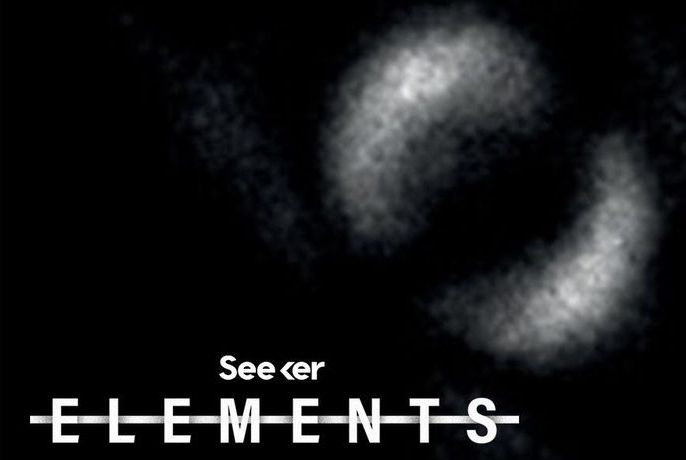
Einstein dubbed the idea of quantum entanglement as “spooky action at a distance.” Now for the first time ever, scientists have taken a picture of it.
» Subscribe to Seeker!http://bit.ly/subscribeseeker
» Watch more Elements! http://bit.ly/ElementsPlaylist
Today we understand quantum entanglement as when a pair of particles that cross paths and interact with each other can become connected and stay that way, even when the particles are spaced very far apart.
Once particles are intertwined in this way, changes to one particle can immediately shape the other particle, an odd scientific phenomenon that has been proven through experiments with atoms and molecules, and more recently through entangled objects of even larger scales.
Quantum entanglement is a key part of quantum mechanics, which forms the basis for fields such as quantum computing and cryptography, so there is considerable interest in advancing our understanding of it.
For scientists at the University of Glasgow, this led them to study a form of quantum entanglement known as Bell entanglement, described by late physicist John Stewart Bell.
Albert Einstein conceived of special and general relativity, but when it came to the idea that two particles can be entangled, and an impact on one particle could be instantaneously felt by the other particle, even over vast distances, for Einstein that was simply unbelievable.

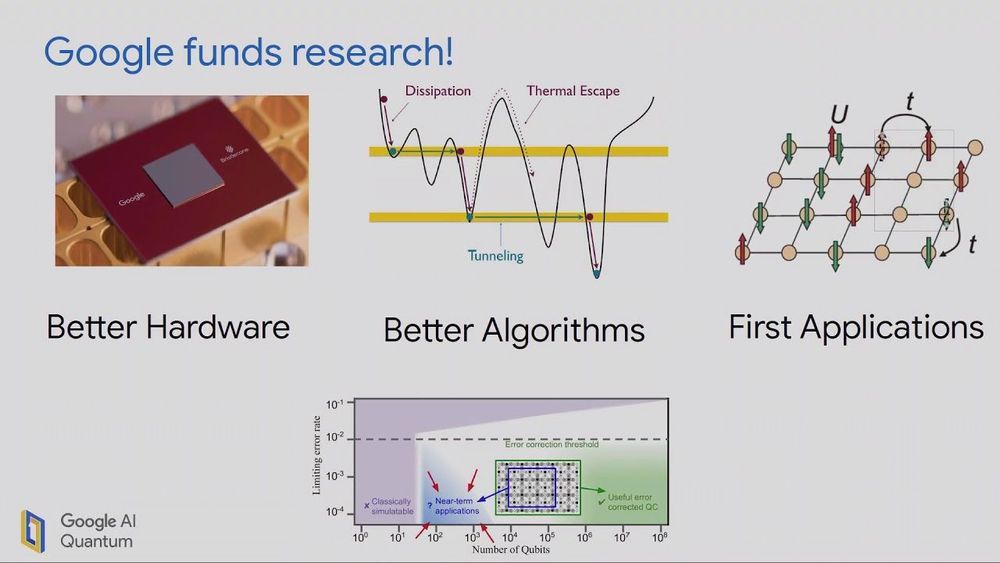
A talk by Dave Bacon during the Industry session of the 14th Conference on the Theory of Quantum Computation, Communication and Cryptography (TQC 2019), Day 3. TQC 2019 was hosted June 3–5, 2019 by the Joint Center for Quantum Information and Computer Science at the University of Maryland (QuICS). More information about TQC can be found at https://www.tqcconference.org.
When practical quantum computing finally arrives, it will have the power to crack the standard digital codes that safeguard online privacy and security for governments, corporations, and virtually everyone who uses the Internet. That’s why a U.S. government agency has challenged researchers to develop a new generation of quantum-resistant cryptographic algorithms.
Many experts don ’t expect a quantum computer capable of performing the complex calculations required to crack modern cryptography standards to become a reality within the next 10 years. But the U.S. National Institute of Standards and Technology (NIST) wants to stay ahead by getting new cryptographic standards ready by 2022. The agency is overseeing the second phase of its Post-Quantum Cryptography Standardization Process to narrow down the best candidates for quantum-resistant algorithms that can replace modern cryptography.
“Currently intractable computational problems that protect widely-deployed cryptosystems, such as RSA and Elliptic Curve-based schemes, are expected to become solvable,” says Rafael Misoczki, a cryptographer at the Intel Corporation and a member of two teams (named Bike and Classic McEliece) involved in the NIST process. “This means that quantum computers have the potential to eventually break most secure communications on the planet.”

Safeguarding passwords, credit card numbers or cryptographic keys in computer programs will require less computational work in the future. Researchers at the Max Planck Institute for Software Systems in Kaiserslautern and Saarbrücken have come up with a new technology called ERIM to isolate software components from each other. This allows sensitive data to be protected from hackers when the data is processed by online services, for example. The new method has three to five times less computational overhead than the previous best isolation technology, making it more practical for online services to use the technology. This was reason enough for USENIX, a US-American computing systems association, and Facebook to award their 2019 Internet Defense Prize to the researchers.
Computer programs are like a fortress. Just as a fortress is protected by thick walls, moats and iron gates, firewalls and other security technologies prevent cyber criminals from maliciously exploiting software apps. And just as one poorly guarded gate or a supposedly secret escape tunnel may allow besiegers to capture a castle, all hackers need is a small security gap to gain access to all components of a software. In the worst case, they can then get their hands on the data that grants them access to user accounts or even allow them to make credit card payments. For example, the Heartbleed bug in the widely used OpenSSL encryption software made user names and passwords of various online services and programs vulnerable to hackers.
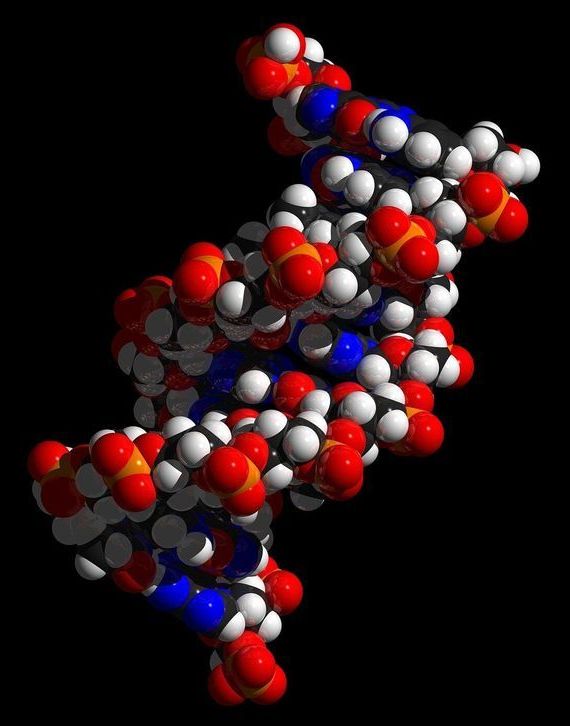
Providing a glimpse the hidden workings of evolution, a group of researchers at UC Santa Barbara have discovered that embryos that appear the same can start out with surprisingly different instructions.
“We found that a lot of undercover evolution occurs in early embryos,” said Joel Rothman, a professor in the Department of Molecular, Cellular, and Developmental Biology, who led the team.
Indeed, although members of the same species are identical across the vast majority of their genomes, including all the genetic instructions used in development, Rothman and his colleagues found that key parts of the assembly instructions used when embryos first start developing can differ dramatically between individuals of the same species.

This week a collaborative effort among computer scientists and academics to safeguard data is winning attention and it has quantum computing written all over it.
The Netherlands’ Centrum Wiskunde & Informatica (CWI), national research institute for mathematics and computer science, had the story: IBM Research developed “quantum-safe algorithms” for securing data. They have done so by working with international partners including CWI and Radboud University in the Netherlands.
IBM and partners share concerns that data protected by current encryption methods may become insecure within the next 10 to 30 years.
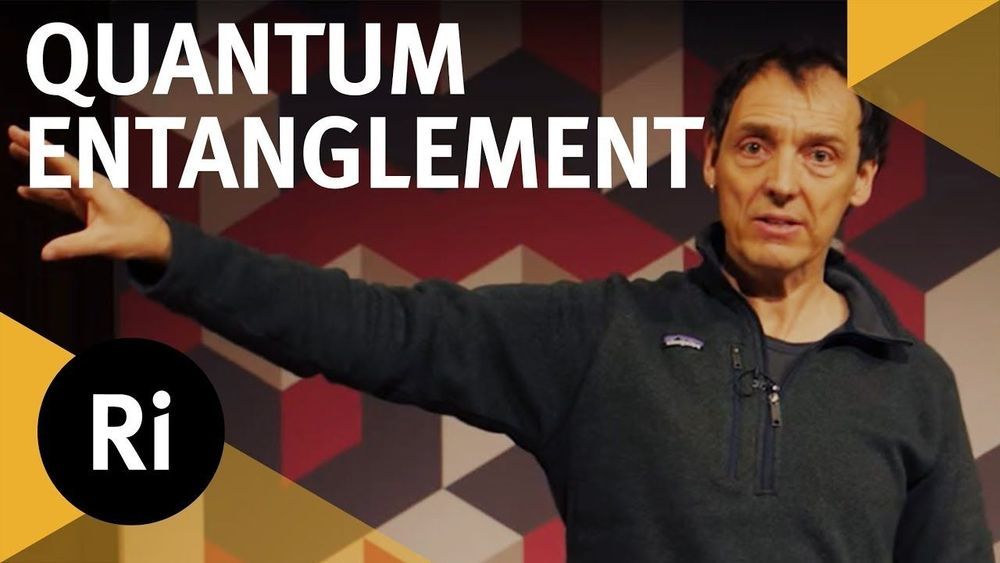
Yes, we know that sometimes it feels like they just tack the word quantum on new technology and call it a day like we are all living in the Marvel Cinematic Universe. Nevertheless, quantum technology is very real and is just as exciting. Our better understanding of the quantum world and handle on the principals will help us improve everything from computing to encryption.
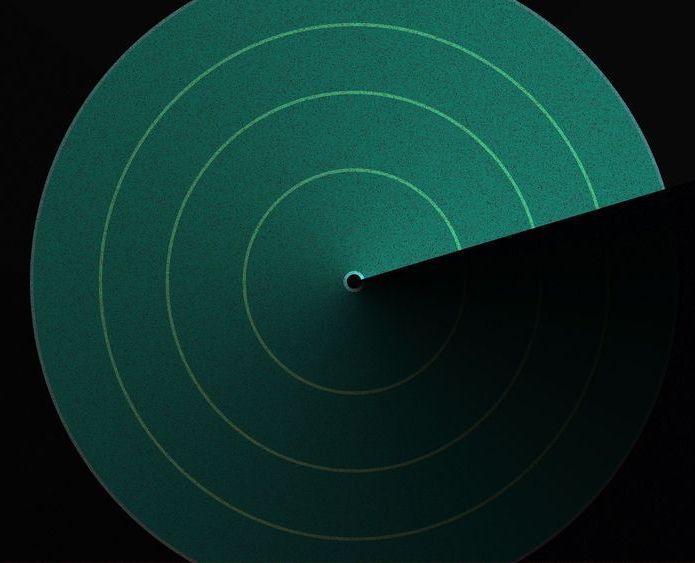
One of the advantages of the quantum revolution is the ability to sense the world in a new way. The general idea is to use the special properties of quantum mechanics to make measurements or produce images that are otherwise impossible.
Much of this work is done with photons. But as far as the electromagnetic spectrum is concerned, the quantum revolution has been a little one-sided. Almost all the advances in quantum computing, cryptography, teleportation, and so on have involved visible or near-visible light.